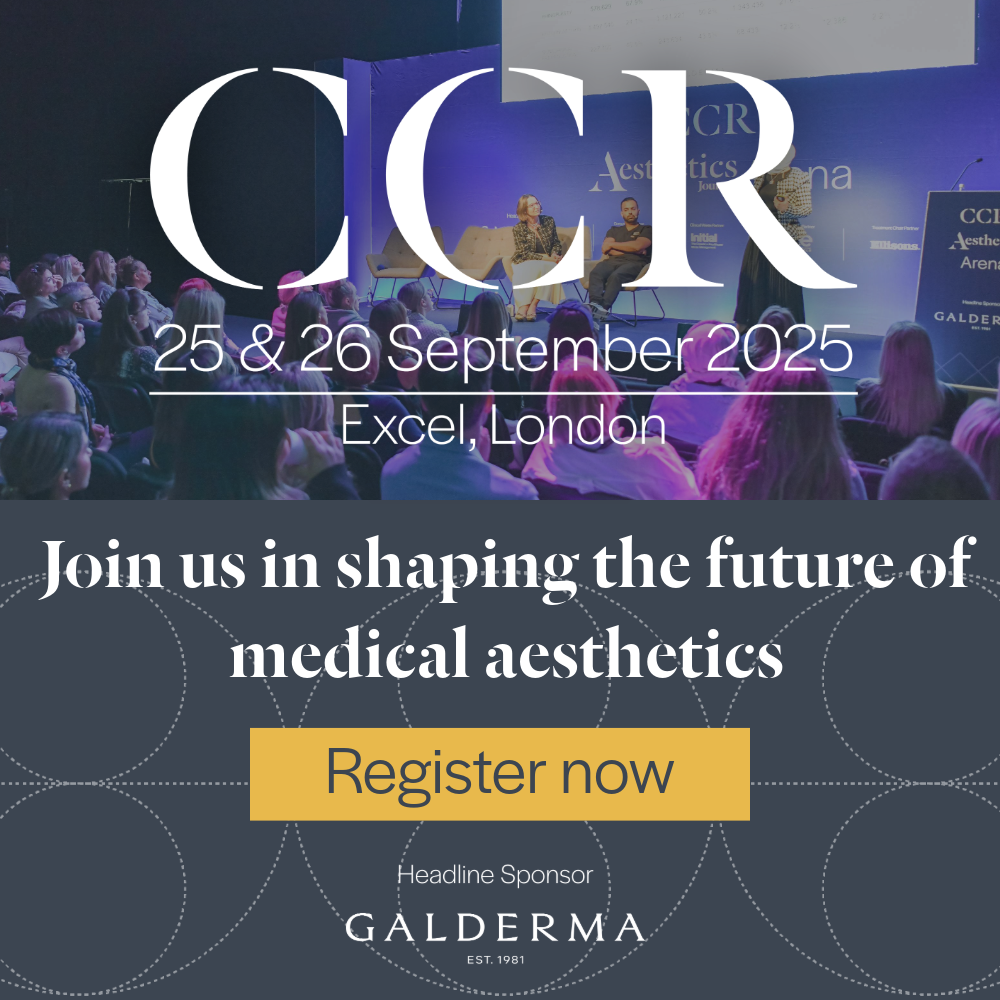Dr Amrit Thiara shares his approach for treating the nose
The non-surgical rhinoplasty (NSR) is one of the most requested and performed procedures within my aesthetic clinical practice. The growth in patient awareness and advancements in dermal filler rheology, coupled with novel injecting techniques, has led to the transition from largely surgical to non-surgical approaches in the past decade. Performing upwards of 400 NSR yearly, from very simple nose shapes to more complex post-surgical or anatomically challenging noses, I have expanded my repertoire of techniques and tips for this procedure.
Understanding the anatomy and principles behind this procedure in detail is the key to achieving industry-leading results. First of all, avoiding the concept of directly filling the nose and moving towards using the properties of a high-density dermal filler to re-shape the nose with minimal product volume is an important point to make. Remember, the ultimate aim is to reshape and restructure the nose and we can use light reflexes to our advantage to play optical trickery in making noses appear sharper, shorter and smaller. I often see patients who have previously had their nose treated but the end result is a much larger nose on the whole, which may be straighter and more lifted, but defeats the aesthetic proportions entirely.
Case study
Here’s an example of one of the many nose shapes I see and treat in my clinic. In cases like these, I find the key to treating is avoiding viewing the problem as being the prominent dorsal hump. The dorsal hump is often the point around which the rest of the nose should start to pivot. The lower half of the nose needs lifting and supporting to straighten up to the point of the hump, while the bridge above the hump requiring building up and transitioning better into the hump. Supporting the nasal spine and myomodulation are really important here as well as crus lifting.

My approach
Precision and product rheology are important for best results. Precision I find is something that needle technique dominates, and I predominantly use 30 gauge Sterinject needles to allow more patient comfort as well as increasing my ability to carefully place small droplets of product into the target area. Product rheology is another factor in advancing and perfecting my results. All high-density dermal fillers do not behave the same and a product with high viscosity is something I look for. A product with a phase angle that allows more tissue projection with less volume is another key element. In clinic I use Intraline M4 Plus for all of my NSR cases and, having used a large selection of other leading high-density fillers, I find myself needing less volume to achieve the nose re-shaping and structural supporting that I need, which in my experience results in an overall smaller result than other products would achieve.
I use a 4 anatomical point NSR technique, targeting the radix, anterior nasal spine behind the columella, middle crus, supra-tip lobule and upper lateral cartilages. Treating the radix allows correction of dorsal humps and indentations in the bridge, as well as building the top of a bridge in noses where there is a flattened bridge. I do this by laying small droplets in a bolus fashion onto the nasal bones at the periosteal level. The purpose of targeting the anterior nasal spine is to create additional support at the base of the nose to lift and anchor the columella. This also myomodulates the depressor septi muscle to prevent the nose tip being pulled down on expression/animation. I inject this area with, again, a small bolus against the nasal spine.
Treating the middle crus allows lifting and creation of a new light reflex over the supra-tip lobule, which allows shortening of the nasal bridge as well as giving a sharper, and in most cases, a slimmer looking nose. Placing small droplet sized boluses of product between the crus and skin allows the tip to be projected and lifted in the direction of the bolus. Finally, in order to treat the lower nasal bridge and soften saddle deformities or bridge asymmetries, I place linear threads along the cartilage plates at the perichondrial plane.


